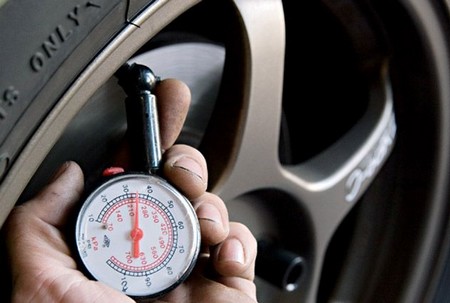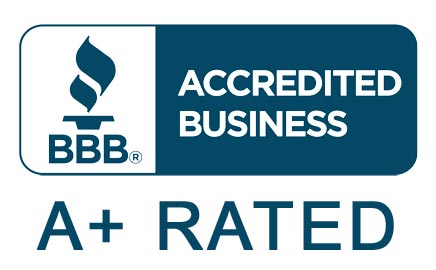Tire maintenance is usually viewed as a low priority or overlooked until you end up stranded with a blown out tire or worse. What most drivers don’t realize is that tire pressure winter issues can lead to major problems. Both underinflated and overinflated tires can cause major failures and have a negative effect on the overall performance of a vehicle. While you don’t have control over the weather, you can do something about the condition of your tires.
The Impact of Underinflated tires
When tires are underinflated, they don’t have enough air in them. The lack of air has an effect on your ability to control your vehicle, potentially causing blowouts, skidding, and other tire failures. While underinflated tires aren’t a leading factor in accidents and fatalities on the highway, a 1999 NHTSA study revealed that underinflated tires contributed to 247 of 32,061 fatalities and 23,100 of approximately 3 million injuries.
Tire Pressure Winter Issues
When the weather gets cold, it’s common for tires to lose pressure, about one psi for every 10°F drop in temperature. If your tire pressure warning light comes on during cold weather, it doesn’t always signify that one of your tires is punctured. It could simply mean that your tires are low on air. In some cases, the light will turn off once you’ve driven a few miles and the tires have had a chance to warm up. Either way, you should check the tire pressure as soon as possible.
Using a tire gauge to check the pressure. If your tires are low, top them off to the appropriate level for your specific tires. This is something you can easily do yourself, but if you have a trusted mechanic, you can always have them do it for you.
Overinflated Tire
Don’t try to overcompensate the cold weather by driving on overinflated tires. If you drive on overinflated tires, they can end up losing traction because the tires will end up misshapen by the excessive air pressure, diminishing the tire’s footprint on the road. In addition, overinflated tires are more prone to damage, blowouts, and they won’t react properly to unexpected road hazards.
Underinflated
Underinflated tires end up “flexing” more when stopping or taking corners. They also don’t respond as well as they would when appropriately inflated, which means that you’ll lose out on some of the safety and performance benefits that are built into them. Underinflated tires have a negative effect on fuel economy as well.
Preventative Tire Pressure Winter Suggestions
Poor tire maintenance can increase incidences of blowouts and tread separation. Make it a habit to check your tire pressure once a month. Most important of all, avoid waiting until the warning light for tire pressure comes on. It’s better to catch and address the problem early on.
Other Tire Pressure Winter Issues
Besides the basics, there can be other reasons why you may be experiencing tire pressure winter issues. We can help diagnose the issue and recommend solutions that will get you back on the road. Give us a call today.






